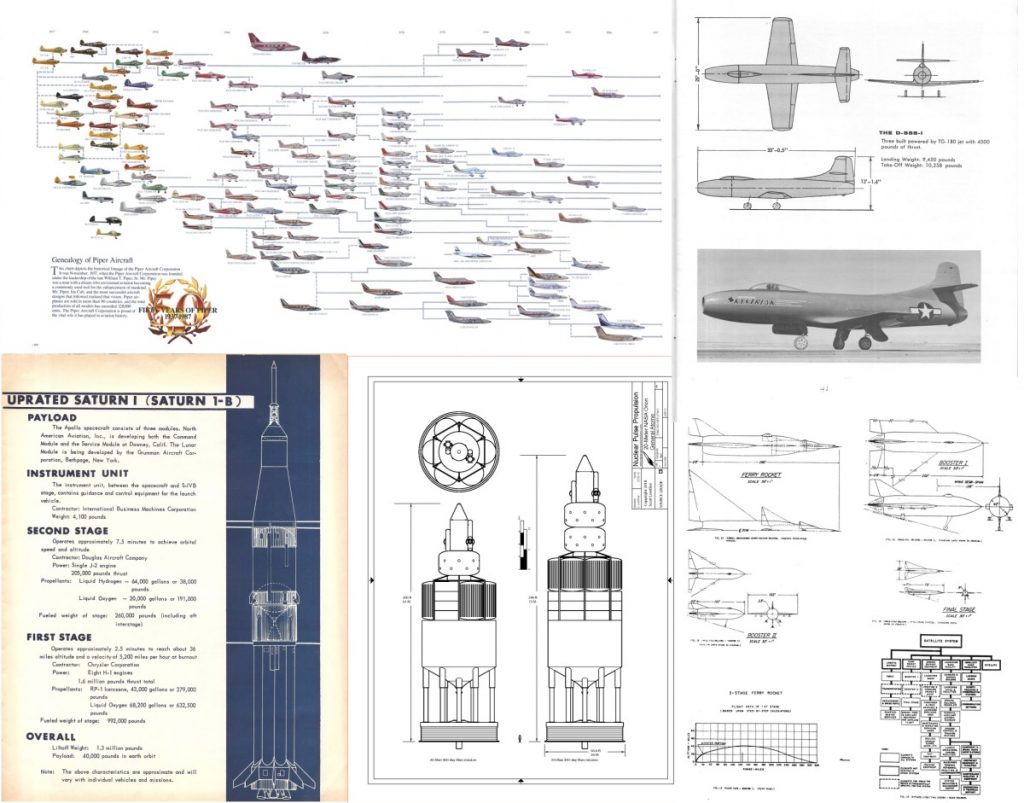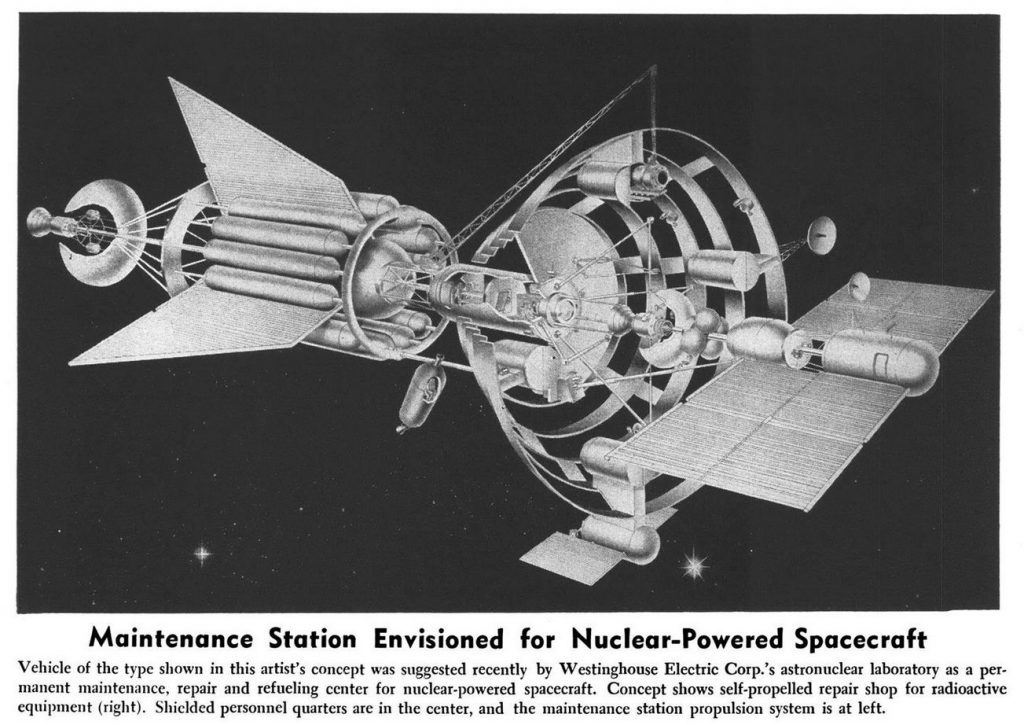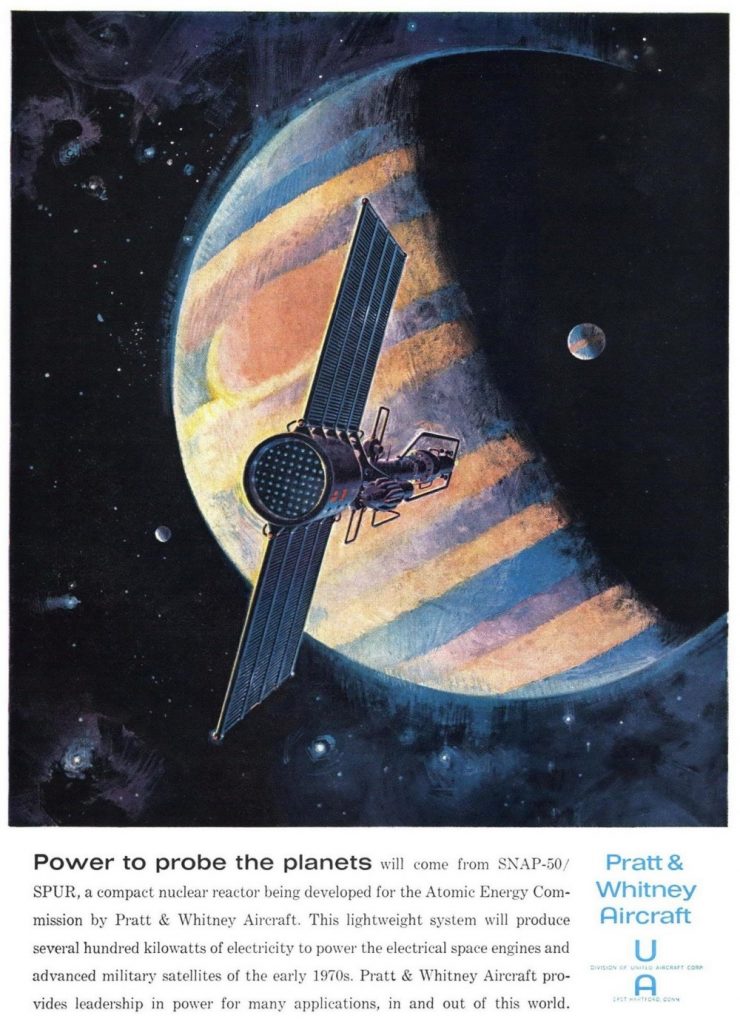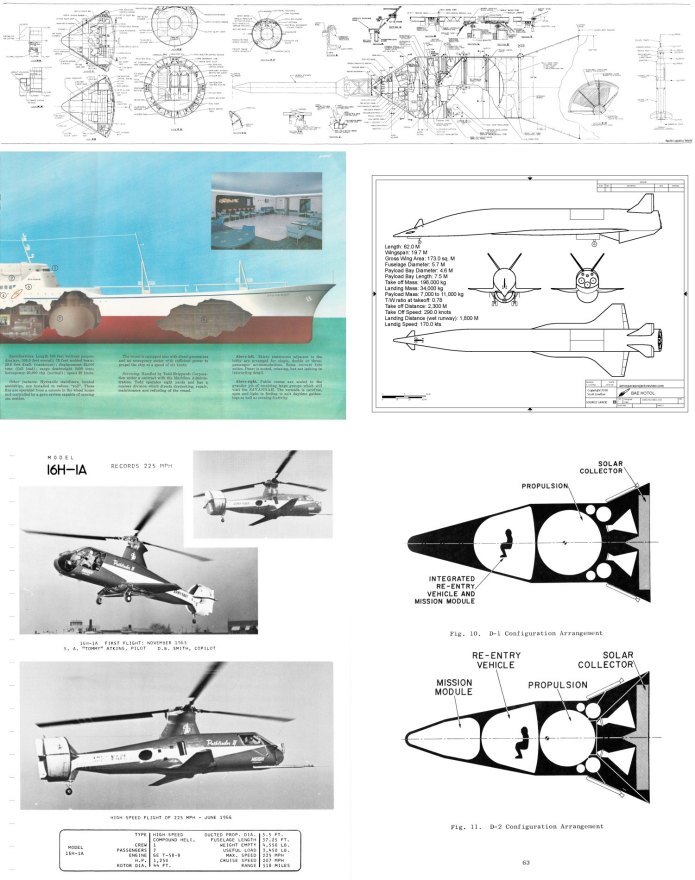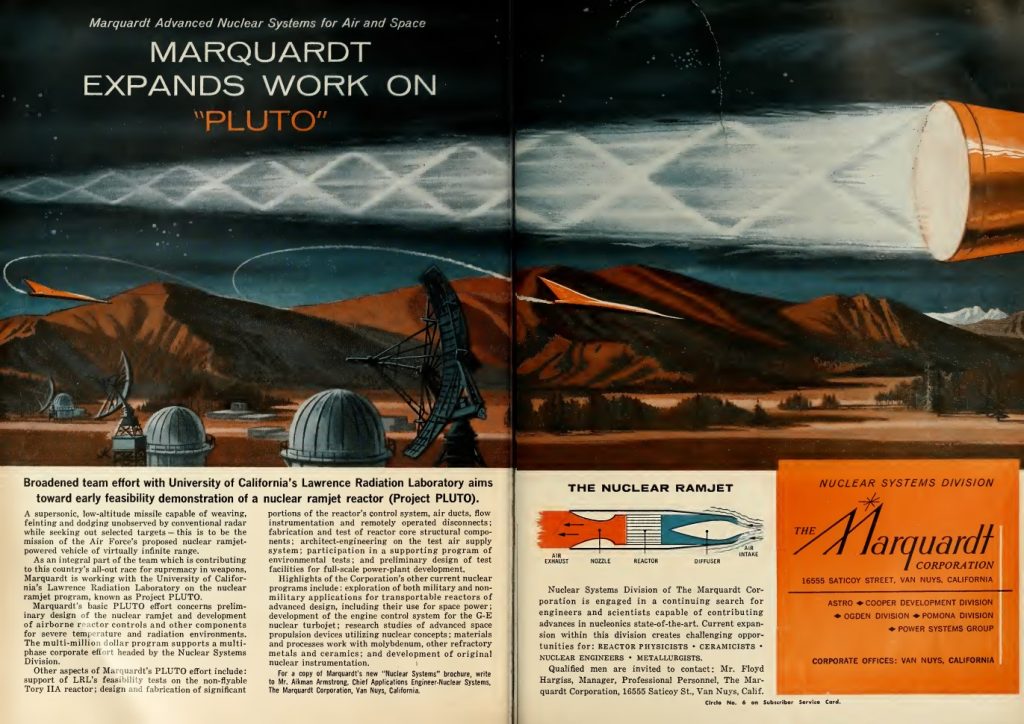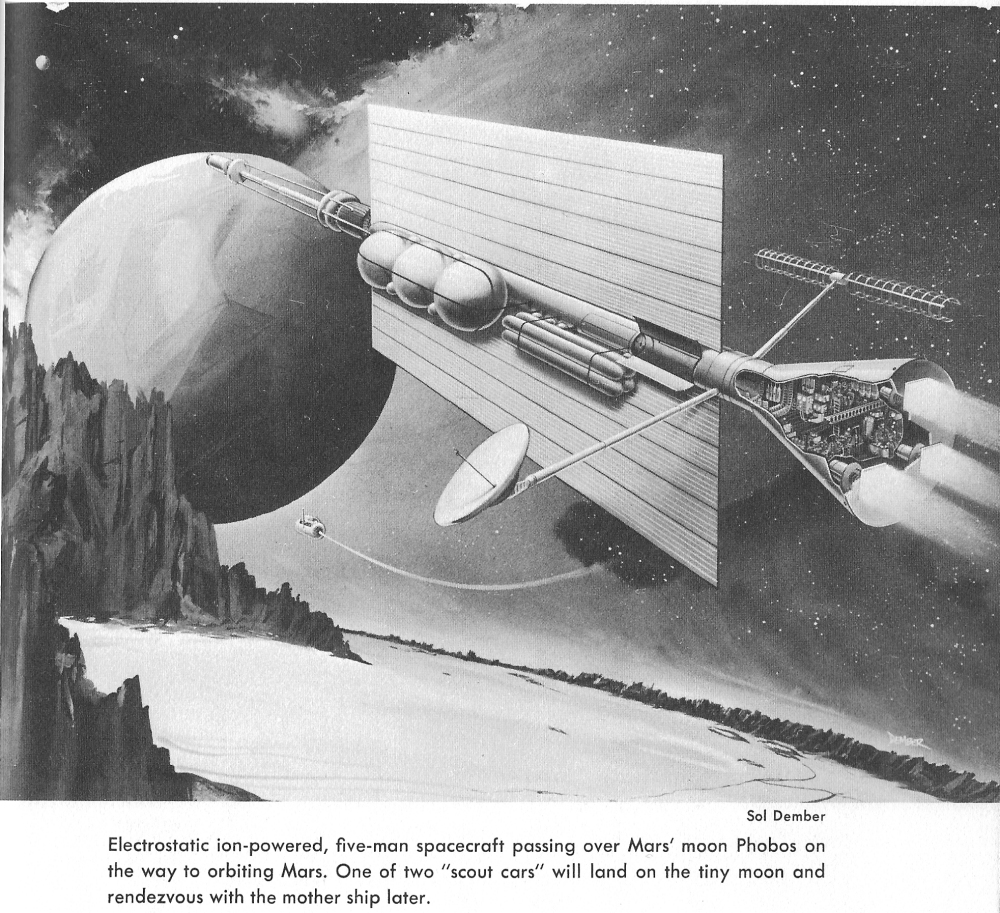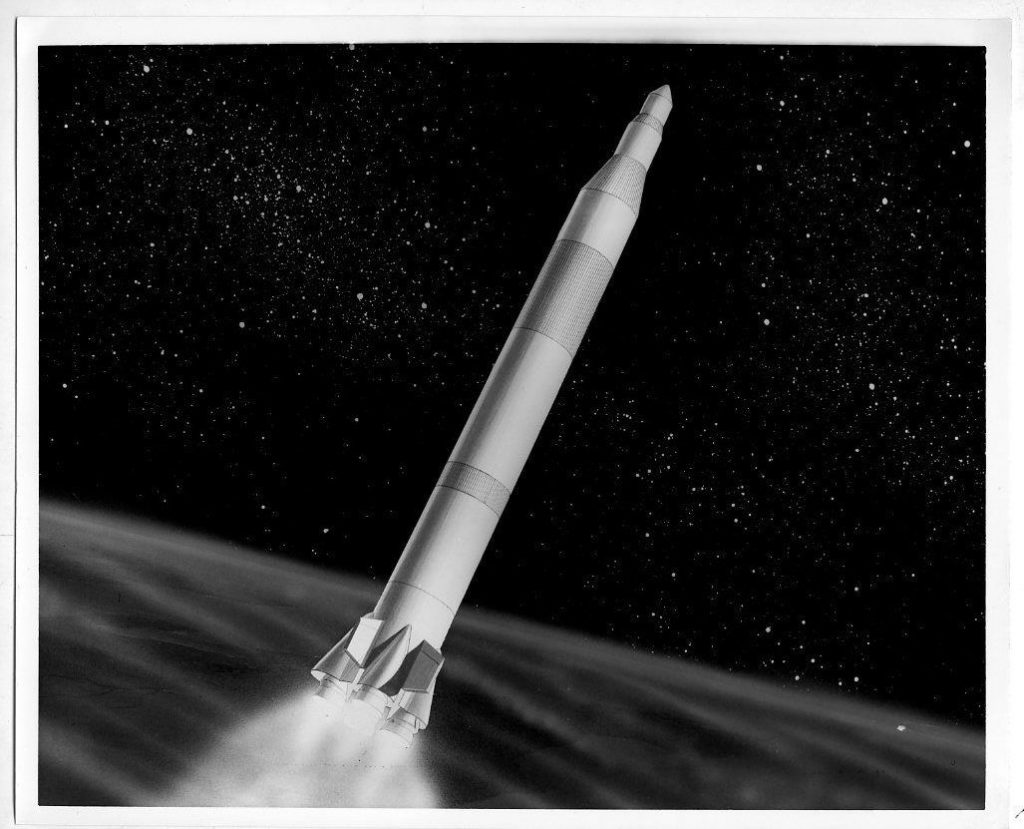It has been *years* since I have released any “Air & Space Drawings & Documents,” high rez scans of vintage aerospace items. At last, I’m adding new items. The complete catalog can be seen HERE.
New items. Each are available for $4.
Air Document 27: “Design Study for an Air Force Model F-82E Airplane Modified to a Ground Attack Airplane” A 24-page study from 1949 for a twin-bodied F-82 modified with Allison turboprop engines. The engines would be mounted in the mid-fuselage, about where the cockpits originally were; the cockpits would be moved forward to compensate. The document, taken from a vintage copy printed from microfilm, includes numerous diagrams and B&W art.
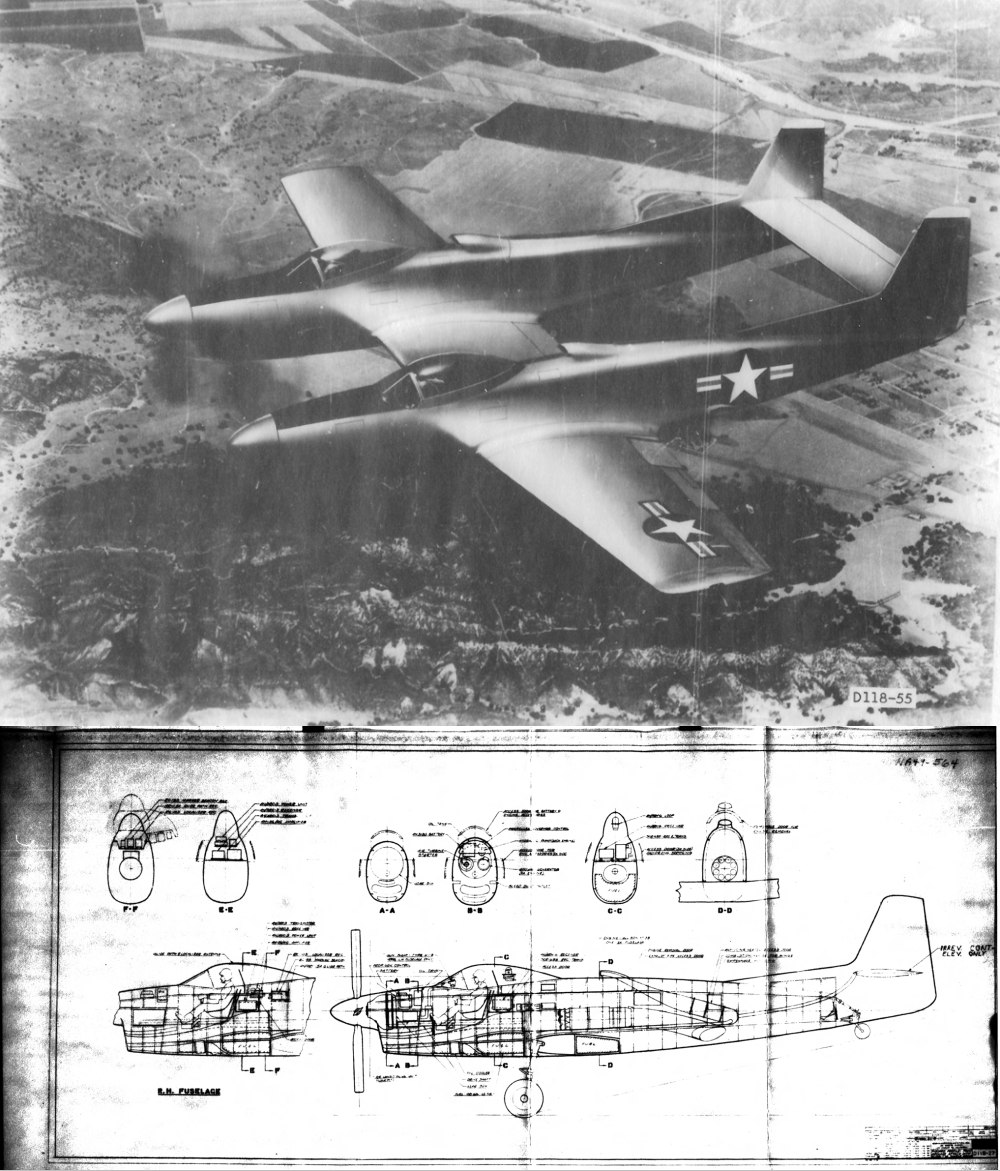
Air Document 28: “This Is The Life With Lockheed” A 36-page booklet produced by Lockheed, Georgia Division, showing the wonders of working there in 1959. Includes not only descriptions and photos of the local environment and amenities but also photos of Lockheed facilities, products and projects. An interesting view of a very different era.
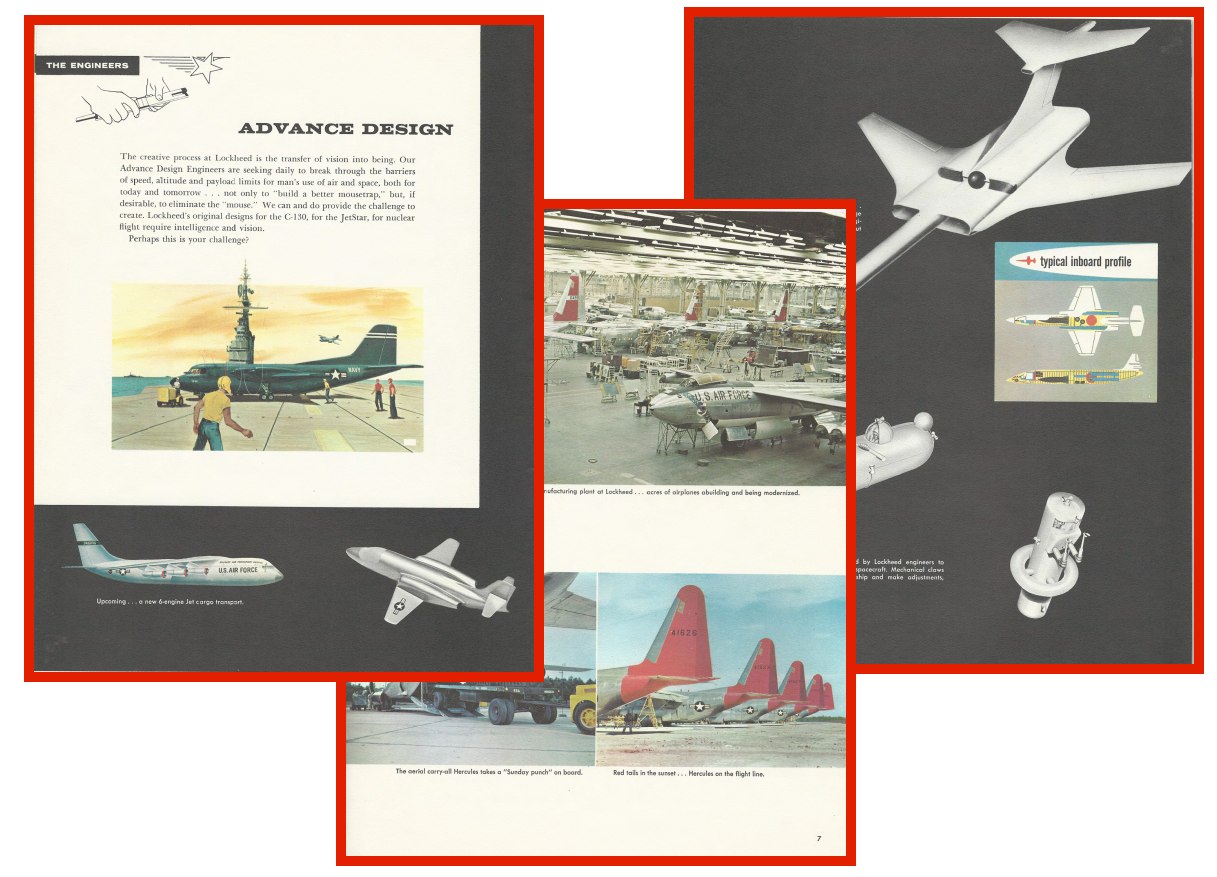
Air Document 29: “SAM-D Air Defense Weapon System” A 1973 Redstone Arsenal information booklet on the Surface-to-Air Missile, Development, which became the “Patriot” anti-aircraft/ anti-missile missile. The booklet describes the various elements of a SAM-D deployment.

Air Document 30: “V-397 (Regulus II) Summary Report” A 42-page 1955 Chance-Vought report on the Regulus II supersonic cruise missile. Includes data and glorious diagrams on the tactical missile as well as the flight test vehicle with landing gear. Scanned from a vintage printout from microfilm.
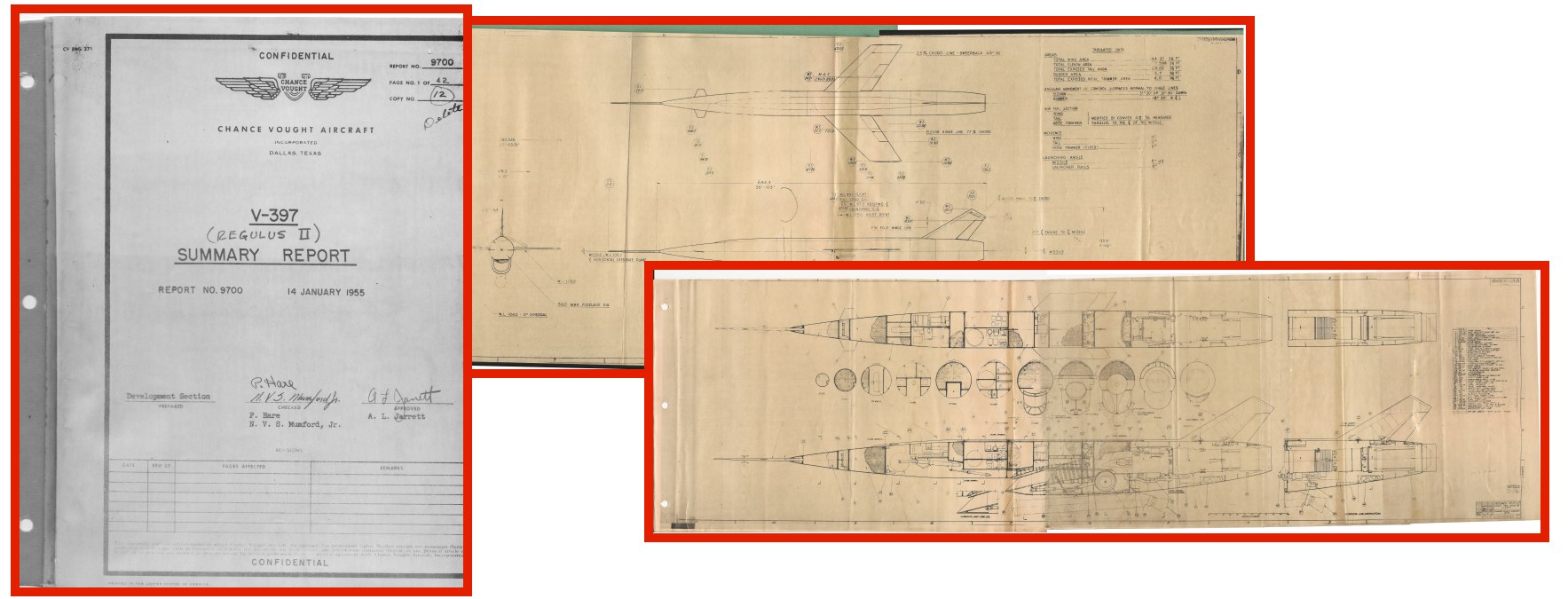
Air Document 31: “Republic XF-103 data” Dating from the mid-50’s, this collection of data and diagrams of the Mach 3+ XF-103 interceptor comes not from Republic, but from Lockheed. A rare look into corporate “competition data gathering,” this 21-page data file shows the sort of information that Lockheed put together on the designs put forward by their competitors.
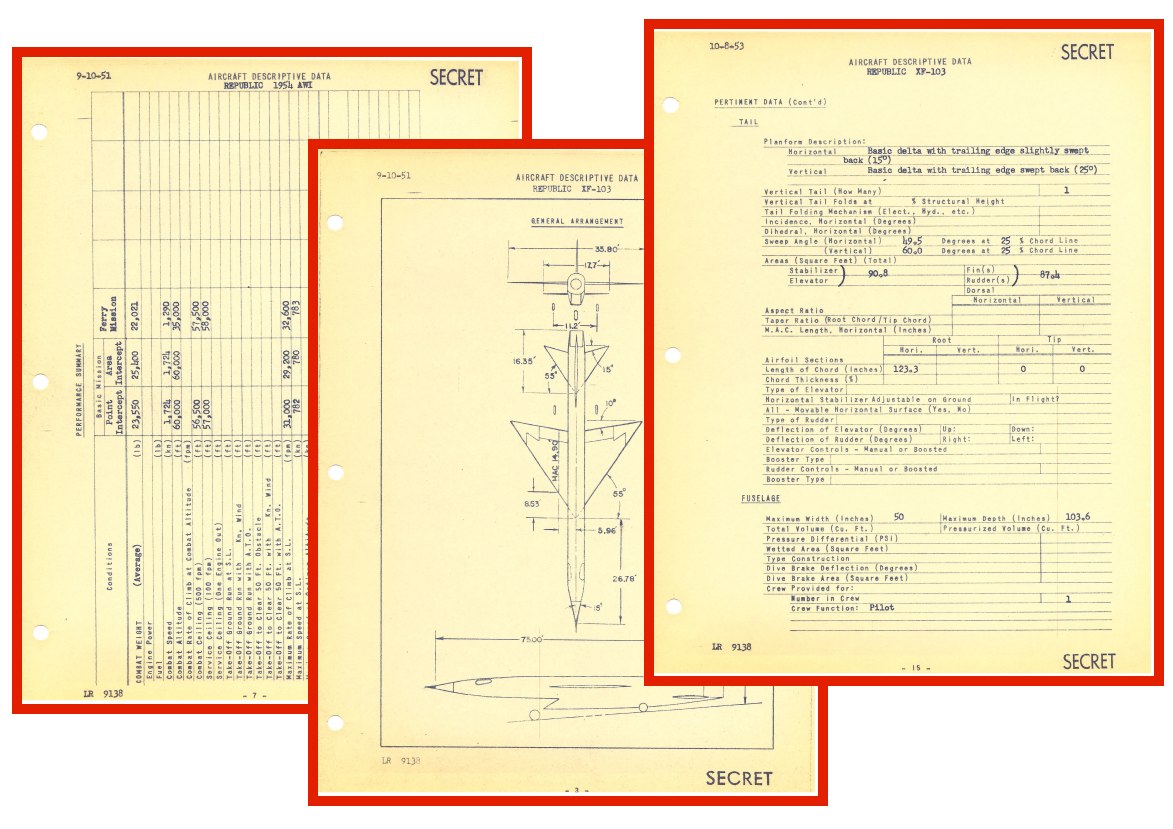
Several of these were released *four* *years* ago to patrons of the Aerospace Projects Review Patreon. Patrons receive items such as these at a low cost and years earlier than waiting for them to appear on the Drawing & documents catalog… and most of the Patreon items *won’t* appear here.
If this sort of thing is of interest, please consider signing up for the APR Patreon.

